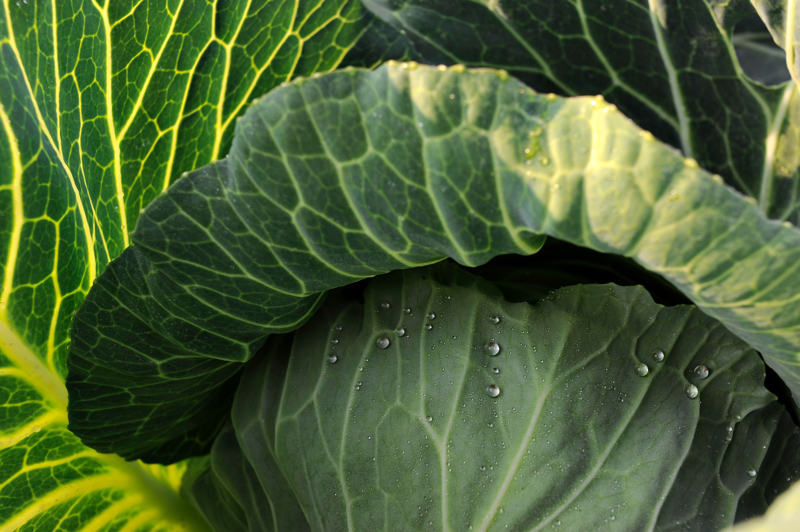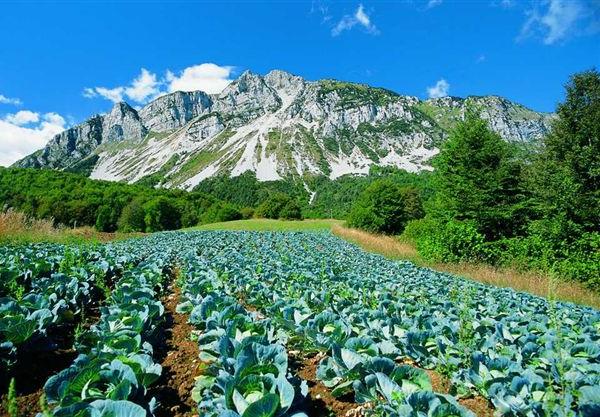
Wild Cabbage from Val di Gresta
This post is also available in:
 Italiano (Italian)
Italiano (Italian)
Cabbage (Brassica oleracea) was imported to Europe from Asia Minor 600 years before Christ. Belonging to the Cruciferae family, it features thick leaves, superimposed on each other, smooth or curly and with different colour, depending on the variety; the internal leaves are lighter than the external ones as they don’t get exposed to sunlight, and grow as a 3.9-7.8-inch wide sphere.
In Trentino, wild cabbages are grown in Val di Gresta and are appreciated for their crunchiness and sweetness. There is a distinction between wild cabbage for fresh consumption and the ones used sauerkraut: the difference lies in the farming techniques and the cultivation period. Sauerkraut cabbage has a very long production cycle as the thick leaves are quite resistant to the lactic fermentation (during the production of sour sauerkraut); while fresh wild cabbage has a much shorter production cycle.
Harvesting is done by hand, removing the outer leaves while preparing the product for packaging; marketing takes place between June (early varieties) and mid-March of the following year.
Wild cabbage must be stored cold rooms at a suitable temperature, as this vegetable does not like frost.
This post is also available in:
 Italiano (Italian)
Italiano (Italian)


